2019-01-20
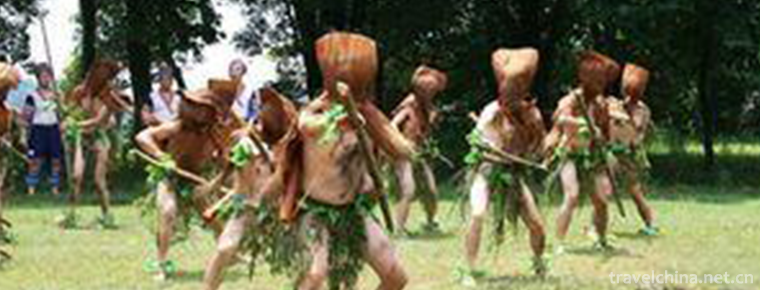
- By ChinaWiki.net
- Chinese Edition
- 2019-08-16
Zong Baonao
The dance used for sacrifice - the Yao Zong Baonao Dance is evolved from an ancient legend. According to Changtang Yao people, from generation to generation, in ancient times, a beautiful Yao mother lived on Xuefeng Mountain, once captured by ferocious mountain ghosts while picking fruits. Her son was determined to save his mother by fighting ghosts. He worshiped Meishan God as a teacher and practiced his ability of catching ghosts and eliminating devils. In order not to be noticed by the mountain ghosts, he wrapped his head with brown pieces and experienced many dangers. With the help of Sandong Meishan God, he defeated the mountain ghosts and rescued his mother. In order to praise the great filial virtues of ancestors seeking their mothers and saving their mothers and filial piety, Yao descendants hold grand sacrificial ceremonies in the first month of each year, dancing the "brown brains" dance, singing praises, offering sacrifices to ancestors and praying for the future.
For the performance procedure of "Brown Brain", it can be divided into "sacrifice", "single-stick performance", "double-stick performance", "bench skill", "Meishan handstand", "ghost driving, beast fighting" and "celebration". For its preparation, a table should be placed in the center of the venue to offer tribute such as bamboo buns and peaches. When the incense and candles were lit, Yao Laoyin sounded the horn of a bull toward the sky, and "Brown Brain" held the stick and shouted forward, then swung the stick and walked, half bowed body, holding the stick in both hands as a cudgel, very pious. For each paragraph of the performance, there are many details. For example, when performing a double-stick show, two people need to shake the stick and oppose each other. You attack and defend against us. "Bench skill" is the routine used by Dai Chang Road in the past, but the scenes of "Meishan inverted", "exorcising ghosts and beating wild animals" are seldom seen now. According to the rules, the last thing to do is to build a fire and jump out. The whole activity will not end until very late.
For the movements of brown brain dance, most of them are original dance movements such as head swing, arm swing, club, waist twisting, foot stamping, left and right pause, which are concise, clean, rough and powerful. For its manifestation, it can be divided into single, double, multi-person and bench performances. The part of dance action can be roughly divided into multi-person performance and double stick performance. The dancing action of brown brain-wrapped dance is based on the movement of clubs, which is simple and simple without lack of rich significance.
It is reported that although the "brown enclosed brain" dance has a long history, interpreting the unique ancient Yao people's sacrifice and filial piety culture, but because of the deep mountains, it has been full of mysterious color in the outside world. However, it has distinct local ethnic characteristics and strong local flavor. It has important reference value for the study of folk literature, ethnology, folklore and Yao people's living customs in Southwest Hunan, as well as for the study of Meishan culture and Nuo culture. Its excavation is of great significance for people to trace back and explore the origin, development and evolution of ancient Yao dance and ancient martial arts dance.
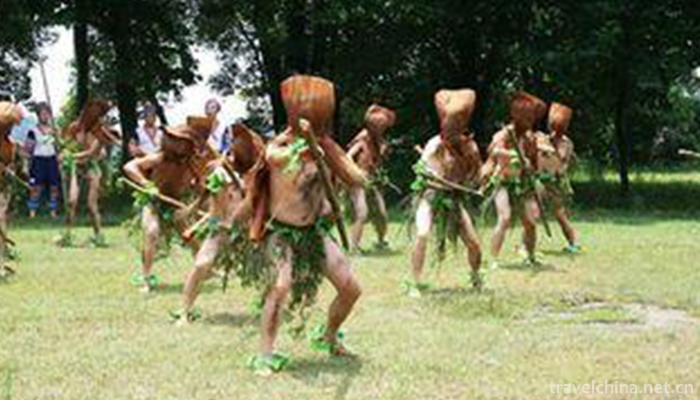
Ask a Question
Your email address will not be published.
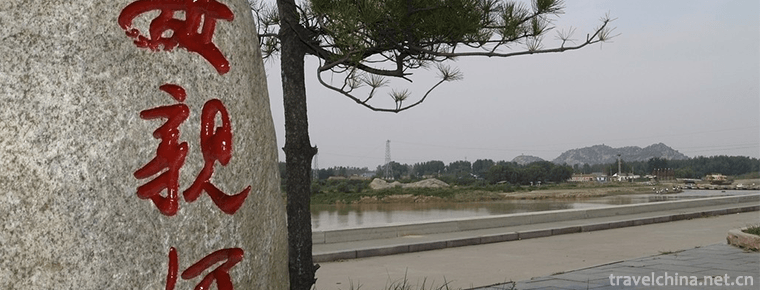
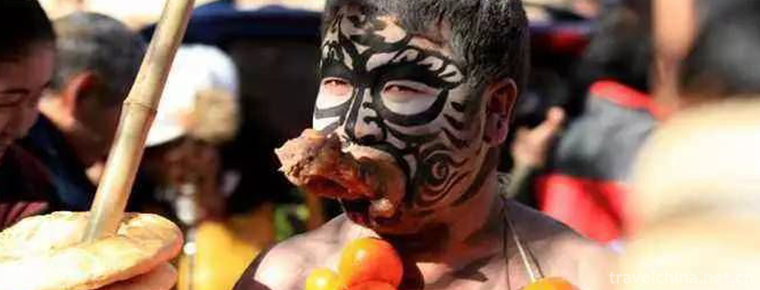
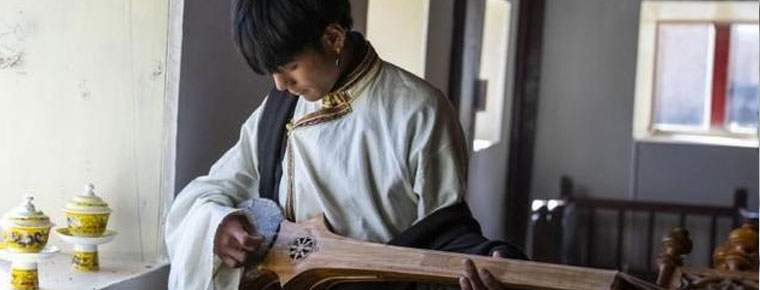
0 Questions